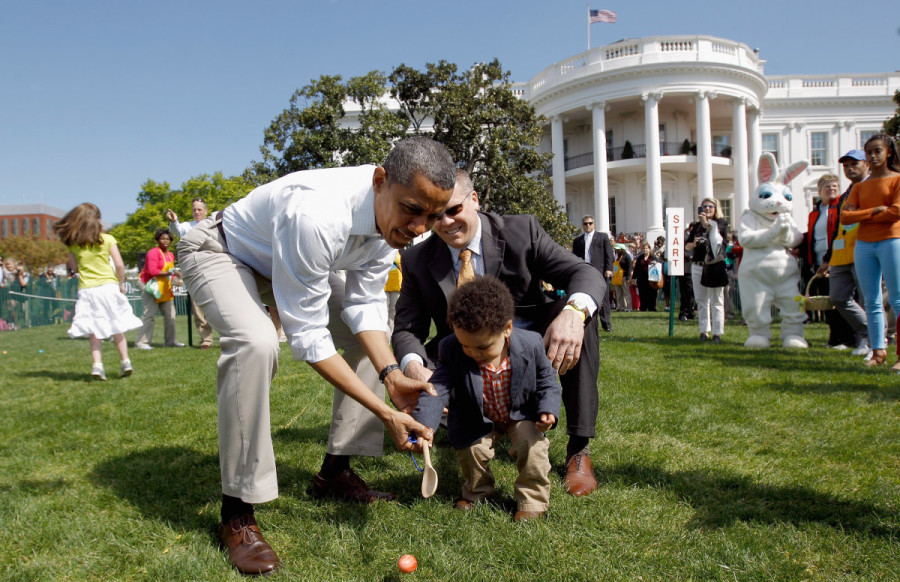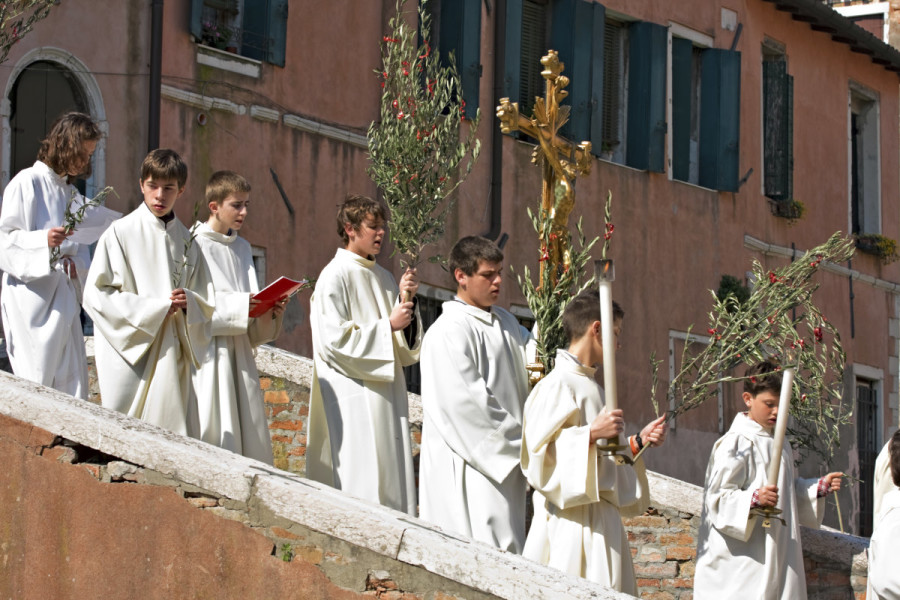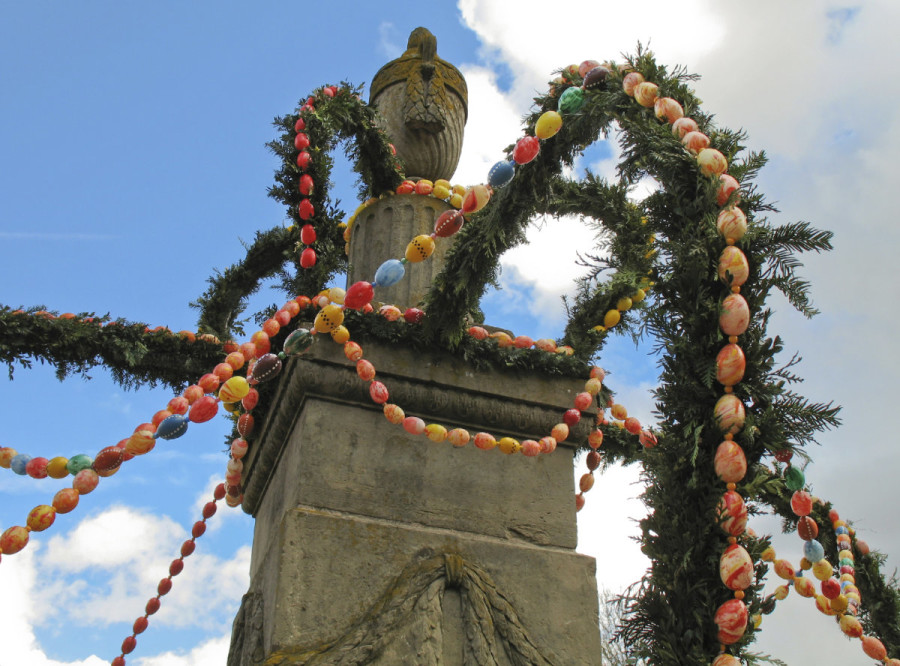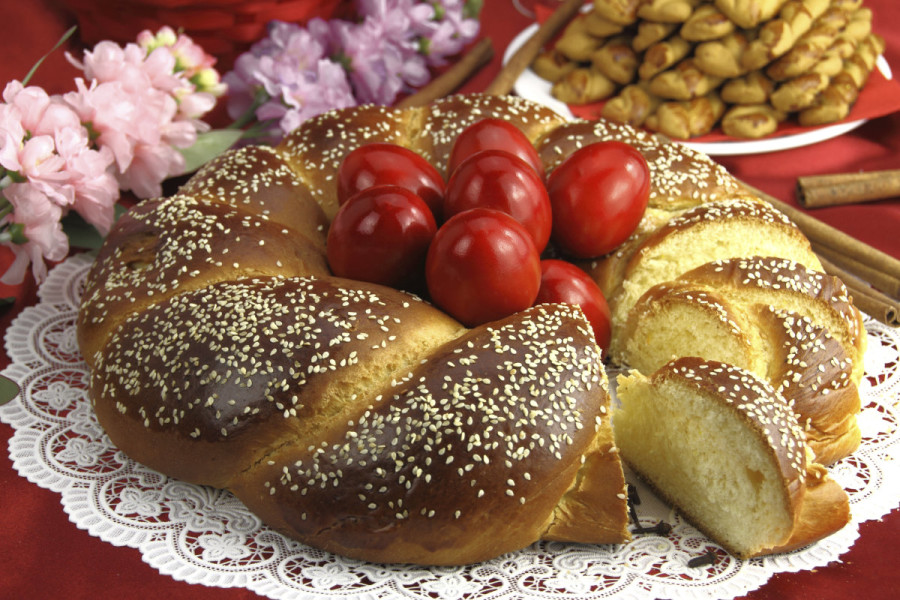Like all great things in life, Easter traditions have been influenced by countless voices and perspectives over the years. Religious or not, Easter has always been about coming together to enjoy an amazing homemade meal paired with heaps of chocolate bunnies and egg hunts. For some friends, their own traditions include being a part of a morning sermon at their local church before enjoying brunch with their families.
But how do celebrations differ around the world? Is the Easter Bunny an international icon? There’s no one-size fits all approach to this traditional Christian holiday. Each country does Easter a little differently, but you’ll find there are still common practices that have made their way across the globe.
Easter around the world: Best places to visit
1. The United States

One of the best-known Easter traditions in the US takes place in Washington, D.C. For over 100 years, the White House has hosted the annual Easter Egg Roll on its South Lawn, which includes children who have been invited to the President’s home to participate in rolling colored hard-boiled eggs across the lawn in a race to the finish.
The event has grown over the years into a bigger celebration featuring live music, egg hunts, games, and crafts. Of course, visits from the Easter Bunny happen all over, with children waking up to hidden chocolate eggs around their homes. Passion plays that tell the story of Jesus Christ are also done around the country.
2. Sweden

Easter traditions have evolved throughout the centuries to include typical crafts like painting eggs and using them for decorations. But you’d be surprised at the level of pagan traditions that linger in Swedish Easter traditions. Much like US kids do for Halloween, children in Sweden will dress up and go door to door asking for candies, typically egg-shaped, of course. Swedish tradition states that on Maundy Thursday, witches would fly to the mythical ‘Blue Hill’ or ‘Blåkulla’ in Swedish to fornicate with the Devil. Quite the stuff!
Rest assured, no witches have been put to trial in Sweden since 1704, and today, girls and boys dress up as cute witches with rosy cheeks and colorful clothes, going from door to door, asking for candy, often with a gift such as homemade cards or decorations. And it’s a ‘no trick; all treat’ tradition where the only slightly startling moment could be as you open the door and the children scream “Glad påsk!”, simply meaning happy Easter.
3. Mexico

Easter in Mexico is a big celebration as the festivities carry over two weeks and include two different festivals. Semana Santa is held from Palm Sunday to Easter Sunday, and Pascua is held from Easter Sunday to the following Saturday, with the first of the two being the most commonly celebrated.
People will purchase detailed woven palms outside churches to carry with them to various services around town before hanging them on their doors to ward off evil. Passion Plays are also a big deal in Mexico, and it’s considered an incredible honor to play Jesus. Following Easter Sunday, the party really gets started with town squares opening food stalls and putting on carnivals.
4. Germany

Easter is one of the most popular holidays in Germany, with preparations being made weeks in advance. If you’re lucky enough to find yourself in Germany during Easter, you’ll see beautiful Easter trees springing up everywhere, decorated by colorful eggs strewn across twigs and brushes.
Many of the more well-known Easter traditions actually began in Germany, including the custom of painting hard-boiled eggs and even the Easter bunny, which is found in German literature from as early as the 16th century. On the Saturday before Easter Sunday, people head out to an open-air Easter market where everything from handcrafted Easter eggs to arts and crafts can be purchased from local vendors.
5. Greece

The Balkan Peninsula’s nation of Greece knows how to throw an Easter party like no other. Grecian housewives prepare for the festivities by preparing traditional Easter brioche, ‘tsoureki’, and dying eggs red by boiling them with onion skins as a symbol of the rebirth of Jesus Christ sprung from his sealed tomb as if out of an egg; the analogy seems to suggest.
On Good Friday, devout Christians will fast all day long before joining the procession of people reciting funeral psalms as they make their way through the city’s streets. The following evening, the public will gather in church as white candles are distributed amongst the crowd.

At midnight, everyone begins to celebrate the Resurrection of Christ by banging on drums and watching an impressive display of fireworks. Easter Sunday marks the end of a 40-day fast for devout Christians, and a large feast of lamb and goat is shared amongst the locals who eat, drink and celebrate late into the night.

